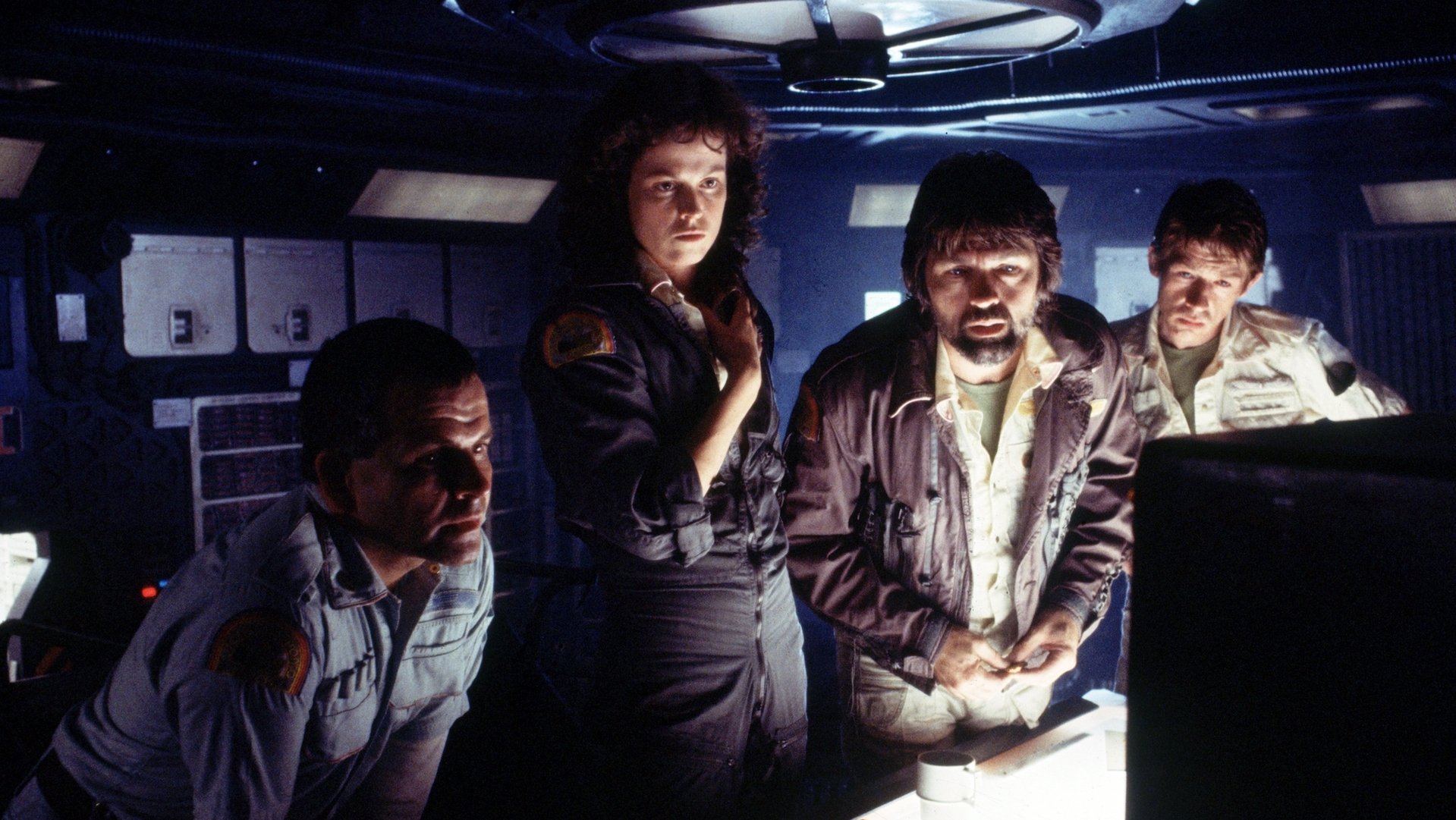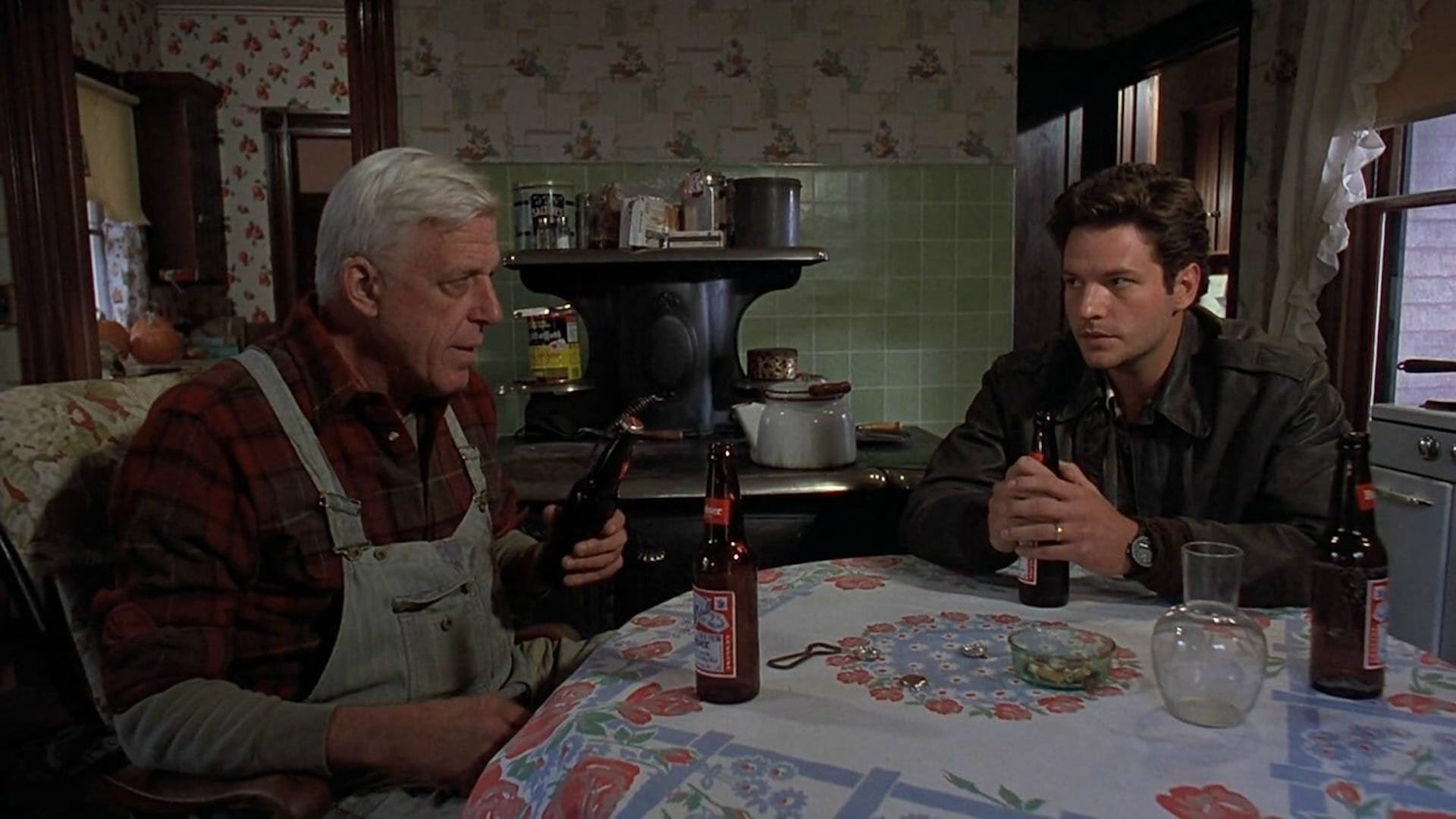How To Create the Suspension of Disbelief in Your Screenplay
April 12, 2024
Suspension of disbelief is when someone takes a fictional narrative and ignores certain aspects that are unrealistic or implausible. English poet and philosopher Samuel Taylor Coleridge is often attributed with introducing the concept of "suspension of disbelief" in his 1817 work Biographia Literaria. However, this notion was acknowledged by earlier Greek writers such as Aristotle.
The modern-day equivalent would be audiences disregarding how unlikely it is for James Bond to do the majority of what he does in a film because they are invested in the character and are firmly along for the ride.
But how does one create the suspension of disbelief in their screenplay And why is it important?
Why Creating Suspension of Disbelief Is Important
A fictional narrative that doesn’t create the suspension of disbelief is akin to a magician or illusionist who can’t pull off a trick. If a reader doesn’t believe in what you’ve written, they’re never going to have an emotional investment in your script.
Now, this doesn’t mean they need to believe in what you’ve written. Suspension is key here. James Bond filmmakers aren’t trying to make you believe that 007 can expertly drive a motorcycle with one hand while firing a weapon at his pursuers before or after you’re watching the movie, but they want you to believe it while you’re watching. Ideally, you’re caught up in the story and action and not thinking about the plausibility of what’s happening on screen.
Suspension of disbelief is important for all genres, but it’s essential for action/adventure, sci-fi, fantasy, and horror. In general, the more fantastical occurrences are in your script, the greater the need to suspend disbelief. There are several ways to achieve this, but, first and foremost, there’s worldbuilding.

Believing in Your World
Worldbuilding is when a writer creates a world for their characters to inhabit and a story to take place. Although the setting plays an important role in worldbuilding, it’s not the only element of it: the historical backdrop, the character’s backstory, and even the most minute details can have an impact on worldbuilding. It’s about creating a world the reader can visualize and believe in. The more the reader believes in your world, the greater the suspension of disbelief.
In the late 1970s, two classic sci-fi films, Star Wars and Alien, transported moviegoers to fantastic and intergalactic worlds. However, both films had a gritty 1970s naturalism and took a less sterile and more lived-in approach to their worldbuilding. This approach helped to ground both films in a seeming reality that—despite numerous implausible events—made audiences suspend disbelief and emotionally invest in the story. So much so that both films spawned franchises that persist to this day.
The more people believe in your world, the more likely they’ll be drawn back to it again and again.
Read More: Worldbuilding 101 Using the Star Wars Model

Believing In Your Characters
Another way to create the suspension of disbelief is by developing characters readers will believe in. Similar to worldbuilding, the more people believe in your characters, the stronger their emotional investment and their suspension of disbelief will be.
One of the most effective methods of creating believable characters is having them behave and react in realistic or familiar ways, regardless of how fantastic the situation they are in. For example, when Luke Skywalker first enters the Cantina in Star Wars, he behaves like a typical country boy would if he walked into a tough or seedy bar in a big city. He puts on a brave front, but he’s guarded and wary. Because Luke’s behavior is realistic, moviegoers believe in all the fantastic aliens populating the Cantina.
After Walter Hill’s rewrite of Dan O’Bannon’s Alien script, the crew of the Nostromo was gifted a relatable, working-class edge that grounded the film and made it feel more real than most sci-fi and horror movies. Ripley and the crew are portrayed as truckers in space doing a tough job for a corporation that doesn’t care about them. Moviegoers could relate to the crew and thus could suspend disbelief when an acid-spewing alien showed up.
Often, it’s just a matter of placing the right characters into the right story and having them react and speak in a naturalistic way. From Martin Brody in Jaws to Peter Parker in the Spider-Man films, if your central character is relatable, people will accept whatever gets thrown their way.

The Ring of Truth Goes a Long Way
Another method for creating suspension of disbelief is inserting some reality into your fiction. This can involve real-life events or aspects of your personal life.
One of the reasons why the James Bond films work for audiences—and continue to throughout the decades—is because at the center of the globetrotting escapades and over-the-top spectacle is a character audiences have invested in. Novelist and James Bond creator Ian Flemming was inspired by his experience working for British Naval Intelligence during the war. Although the scenarios he imagined for 007 were far more elaborate than anything he ever experienced, he peppered in enough real-life experience and personal details to give his Bond adventures a ring of truth.
Novelist and occasional screenwriter Stephen King is the master of mixing the personal with the fantastic. Carrie, The Shining, Pet Sematary, Misery, It, and many other of his novels and short stories contain strong autobiographical threads throughout. From his oft-used location of his home state to the numerous characters populating his books, King’s narratives always feel grounded no matter how fantastical things get. This is a quality that remains in all of the films based on his work, no matter who’s doing the adapting.
Read More: Inserting Your Personal Life Into Your Screenplay

Respect the Internal Logic of Your Story
Finally, respecting the internal logic of your story can also help you create a suspension of disbelief. Internal logic is when every plot or character element within the story works logically and naturally with what’s been previously established.
In fantasy and supernatural horror, this is sometimes referred to as “following the rules” of your story. In narratives, these rules are typically articulated by a knowledgeable character. This not only informs the characters within the story but also serves to inform the audience or reader. For instance, in Pet Sematary, Jud Crandall reveals the significance of the Micmacs Burial Ground to Louis Creed. Similarly, in Gremlins, Mr. Wing's grandson warns Randall Peltzer about three crucial rules.
As stated above, if the reader is emotionally invested in the characters and story, they’ll likely accept the rules no matter how fantastical or implausible. However, they need to be firmly established and followed consistently throughout the narrative.
In A Quiet Place, it’s established you have to be quiet, or else creatures with highly acute hearing will kill you. Screenwriters Scott Beck and Bryan Woods skillfully stayed true to their high concept, and it resulted in a film with only 90 lines of dialogue (most of which is whispered).
Now imagine if halfway through A Quite Place, the Abbott family started having a loud conversation in earshot of one of the creatures, the creatures didn’t notice them, and there was never any explanation given for why this anomaly occurred. This would break whatever spell was cast beforehand, and you’d be taken out of the story.

---
Following the established rules and adhering to the internal logic of your narrative will help prevent plot holes, which are the primary obstacles when creating suspension of disbelief. When people start questioning what’s happening in a fictional narrative, they’re no longer emotionally invested or under its spell.
So, no matter how far-fetched, if you establish something in your script, stick to it.
Read More: The Big Picture: How to Navigate Every Element of Your Script
Written by: Edwin Cannistraci
Edwin Cannistraci is a professional screenwriter. His comedy specs PIERRE PIERRE and O’GUNN both sold with more than one A-list actor and director attached. In addition, he’s successfully pitched feature scripts, TV pilots and has landed various assignment jobs for Universal, Warner Bros, Paramount and Disney.- Topics:
- Screenwriting & Craft




